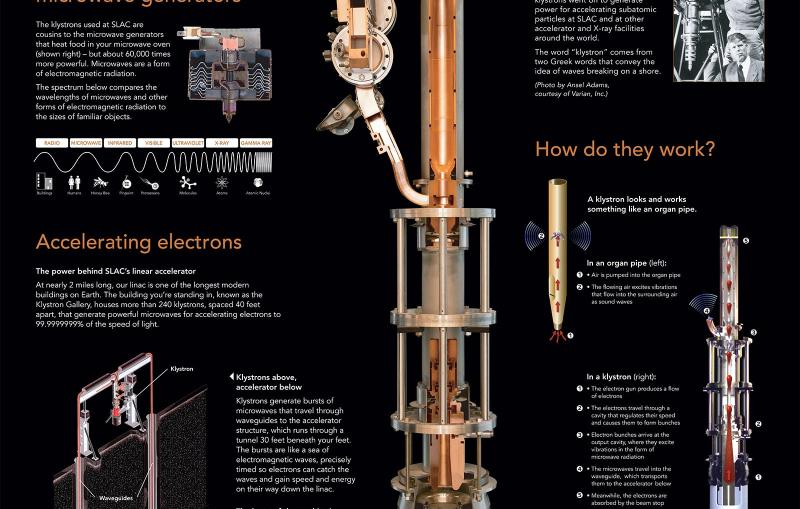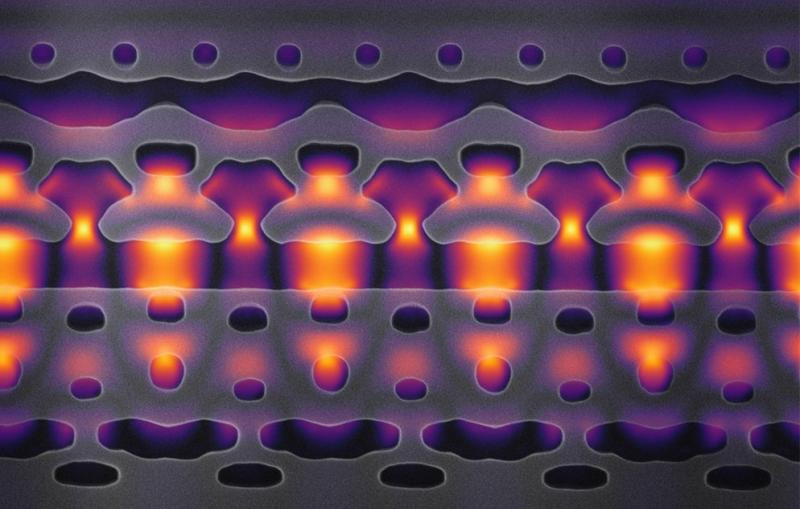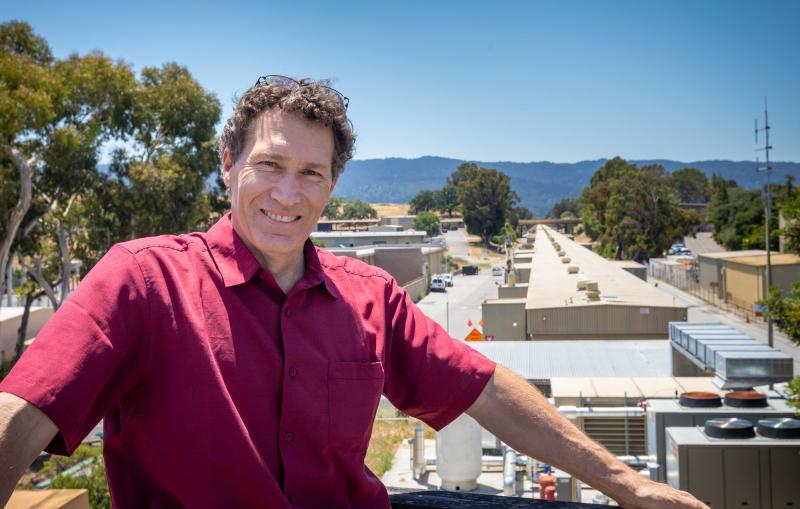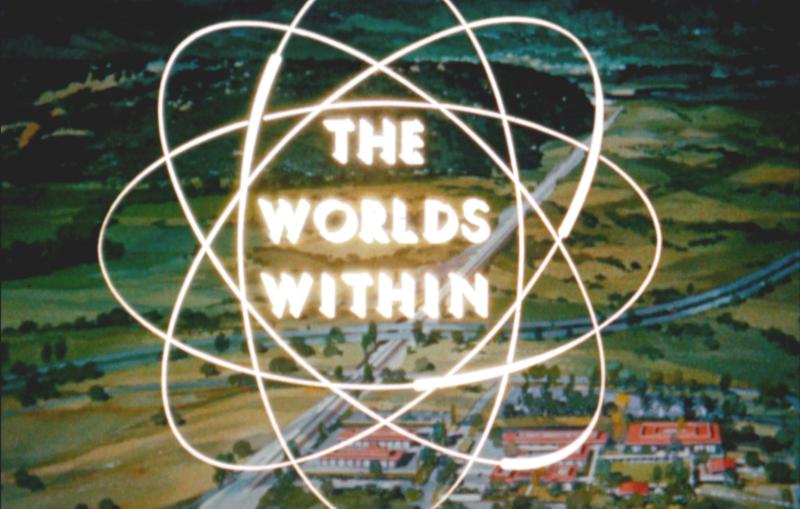Illustration
Klystrons are microwave generators. The klystrons used at SLAC are cousins to the microwave generators that heat up food in your microwave oven.

News Feature



Klystrons are microwave generators. The klystrons used at SLAC are cousins to the microwave generators that heat up food in your microwave oven.



